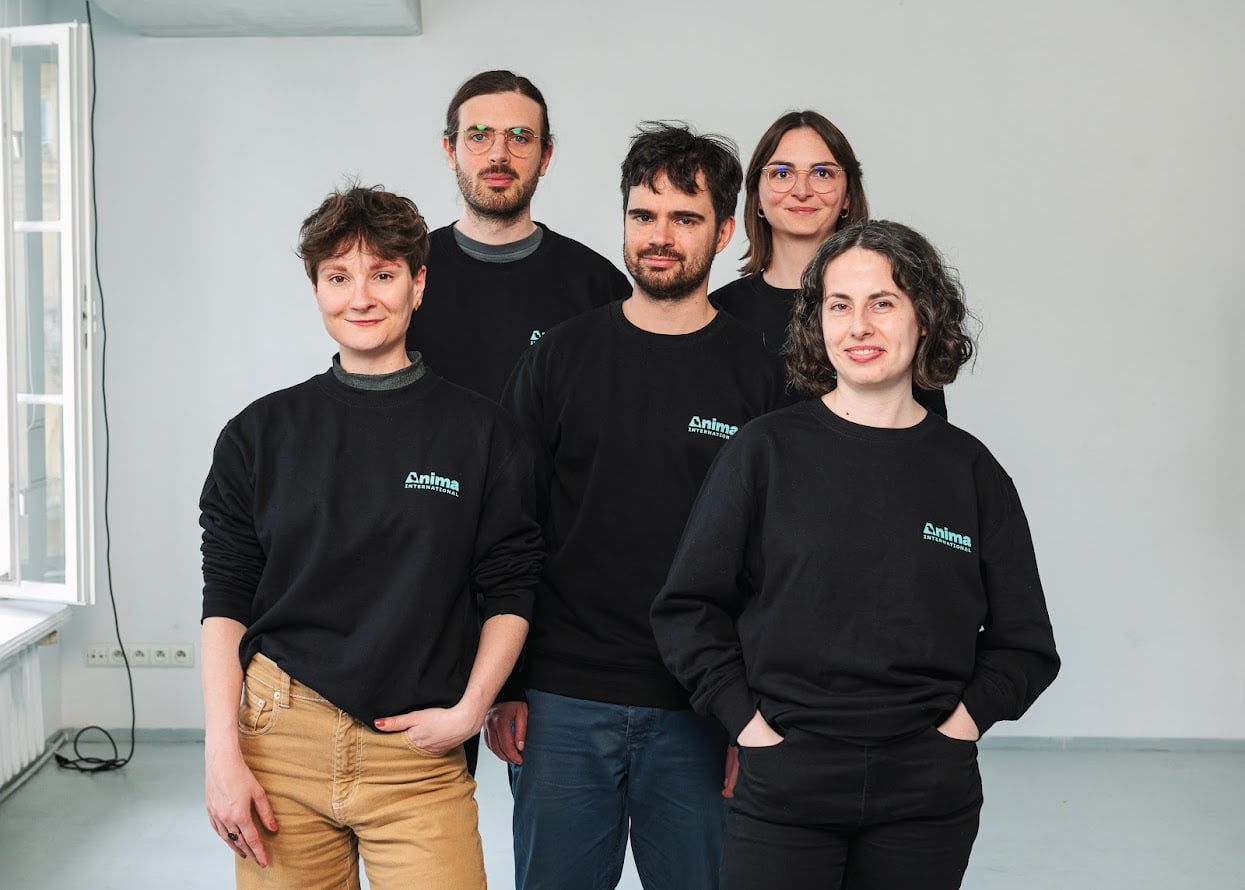Also see paper and results compilation video!
Today, we published "Open-Ended Learning Leads to Generally Capable Agents," a preprint detailing our first steps to train an agent capable of playing many different games without needing human interaction data. ... The result is an agent with the ability to succeed at a wide spectrum of tasks — from simple object-finding problems to complex games like hide and seek and capture the flag, which were not encountered during training. We find the agent exhibits general, heuristic behaviours such as experimentation, behaviours that are widely applicable to many tasks rather than specialised to an individual task.
...
The neural network architecture we use provides an attention mechanism over the agent’s internal recurrent state — helping guide the agent’s attention with estimates of subgoals unique to the game the agent is playing. We’ve found this goal-attentive agent (GOAT) learns more generally capable policies.
...
Playing roughly 700,000 unique games in 4,000 unique worlds within XLand, each agent in the final generation experienced 200 billion training steps as a result of 3.4 million unique tasks. At this time, our agents have been able to participate in every procedurally generated evaluation task except for a handful that were impossible even for a human. And the results we’re seeing clearly exhibit general, zero-shot behaviour across the task space — with the frontier of normalised score percentiles continually improving.
Looking qualitatively at our agents, we often see general, heuristic behaviours emerge — rather than highly optimised, specific behaviours for individual tasks. Instead of agents knowing exactly the “best thing” to do in a new situation, we see evidence of agents experimenting and changing the state of the world until they’ve achieved a rewarding state. We also see agents rely on the use of other tools, including objects to occlude visibility, to create ramps, and to retrieve other objects. Because the environment is multiplayer, we can examine the progression of agent behaviours while training on held-out social dilemmas, such as in a game of “chicken”. As training progresses, our agents appear to exhibit more cooperative behaviour when playing with a copy of themselves. Given the nature of the environment, it is difficult to pinpoint intentionality — the behaviours we see often appear to be accidental, but still we see them occur consistently.
My hot take: This seems like a somewhat big deal to me. It's what I would have predicted, but that's scary, given my timelines. I haven't read the paper itself yet but I look forward to seeing more numbers and scaling trends and attempting to extrapolate... When I do I'll leave a comment with my thoughts.
EDIT: My warm take: The details in the paper back up the claims it makes in the title and abstract. This is the GPT-1 of agent/goal-directed AGI; it is the proof of concept. Two more papers down the line (and a few OOMs more compute), and we'll have the agent/goal-directed AGI equivalent of GPT-3. Scary stuff.



I did say it was a hot take. :D If I think of more sophisticated things to say I'll say them.